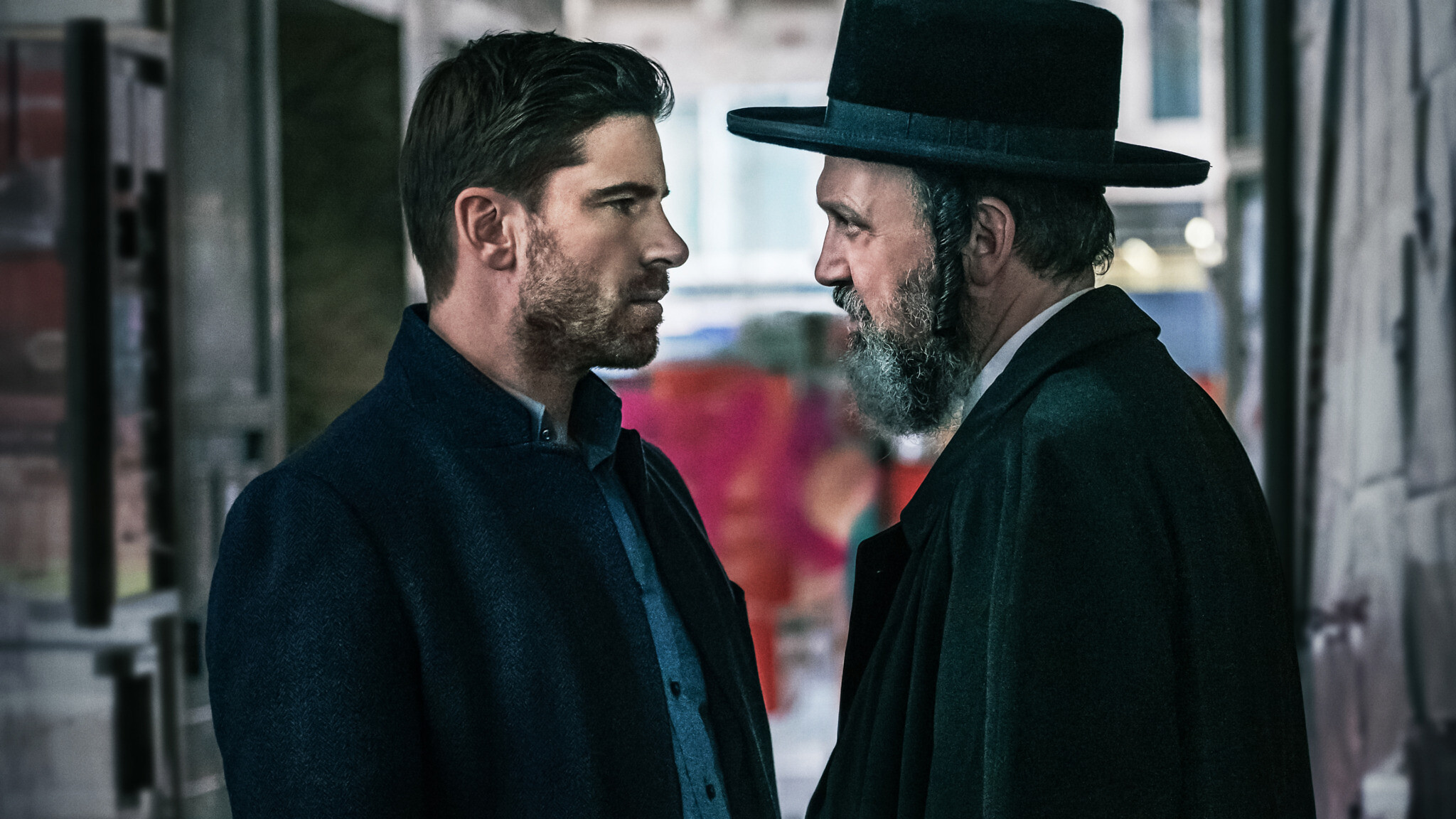Two decades ago, Nathan Kamenetsky, a prominent Jerusalem rabbi with impeccable ḥaredi credentials, self-published The Making of a Godol, a two-volume biography of his father, Yaakov Kamenetsky (1891-1985), who had been a leading rabbinic sage (or godol) of non-ḥasidic Orthodoxy in America. The book’s frank portrayal of its subject, and of numerous other revered sages, constitutes a radical departure from the hagiographies that have become mainstays of popular ḥaredi literature—so much so that it was swiftly condemned by prominent rabbis. The younger Kamenetsky quickly ceased publication; Amazon now sells the book for $2,503. Reading the book for a second time Marc B. Shapiro reflects on its virtues and idiosyncrasies:
Anyone lucky enough to have bought a copy of Kamenetsky’s book when it came out, . . . quickly saw what a curious book it was: chatty, psychologically acute, alternately gullible and critical, endlessly digressive, and compulsively readable (though the spelling and transliteration are a bit idiosyncratic). It also had a peculiar literary structure that could have been conceived only by someone who was raised in an intellectual tradition of commentaries and metacommentaries: the biography of the godol in question was just 67 pages long and ended in spring 1908, when “our protagonist,” as Kamenetsky refers to his father, was seventeen. All the rest was commentary, or rather notes and excurses and further notes spawned by these excurses (each distinguished by somewhat bizarre choices of headings and font).
Nathan Kamenetsky had an instinctive historical sensibility: he was interested in the minute particulars and realia of his subjects’ lives, and he had a knack for choosing the revealing anecdote. [Nonetheless], The Making of a Godol was in the tradition of ḥaredi historical works. Yet it was unique in that Kamenetsky did not generally censor either himself or his sources, nor, despite his belief in the intrinsic religious value of the study of great rabbinic scholars, was he interested in writing hagiography. By choosing not to portray the great rabbis as entirely selfless [saints], lacking any self-interest or ego, he bucked the conventions of his society. His g’dolim [great rabbis] are great, but they are not perfect.
Read more at Jewish Review of Books
More about: American Jewish History, Haredim, Orthodoxy, Rabbis


